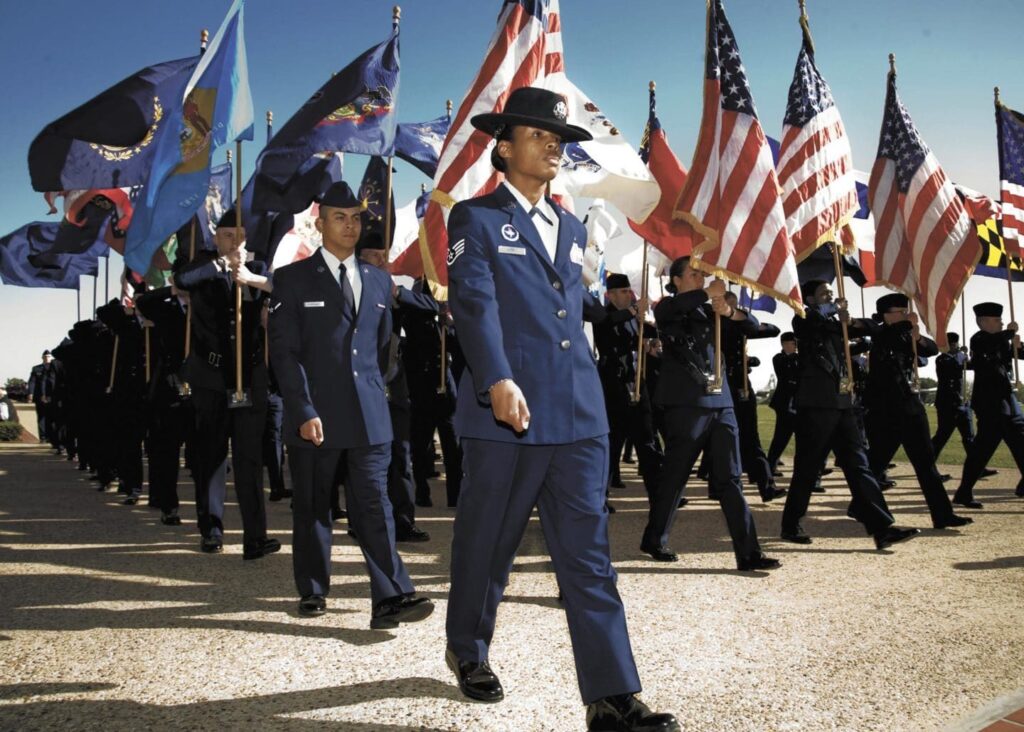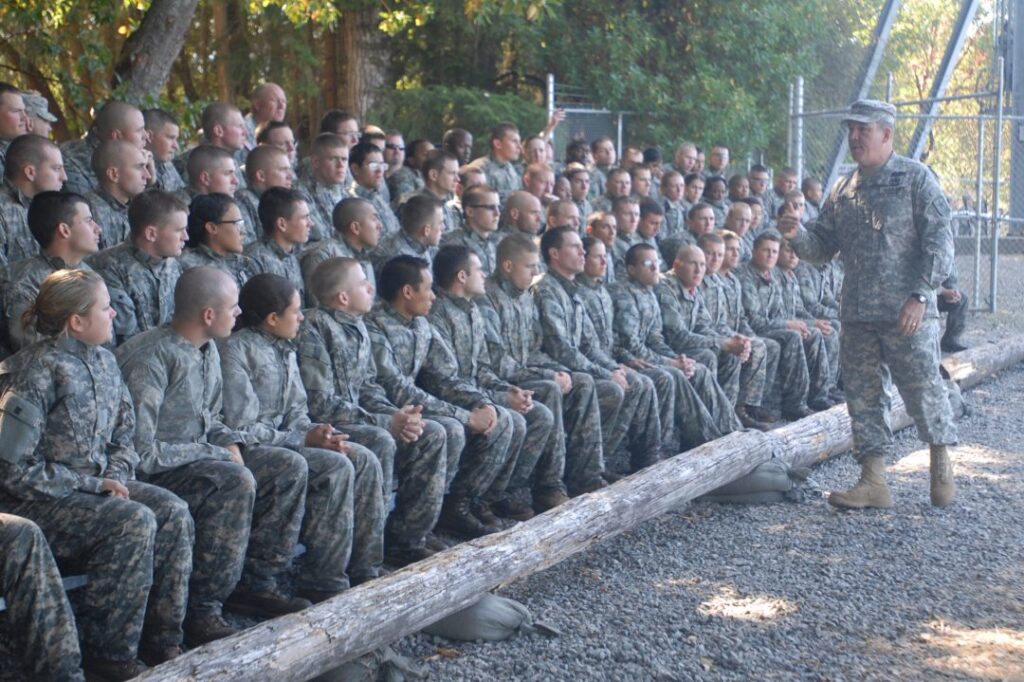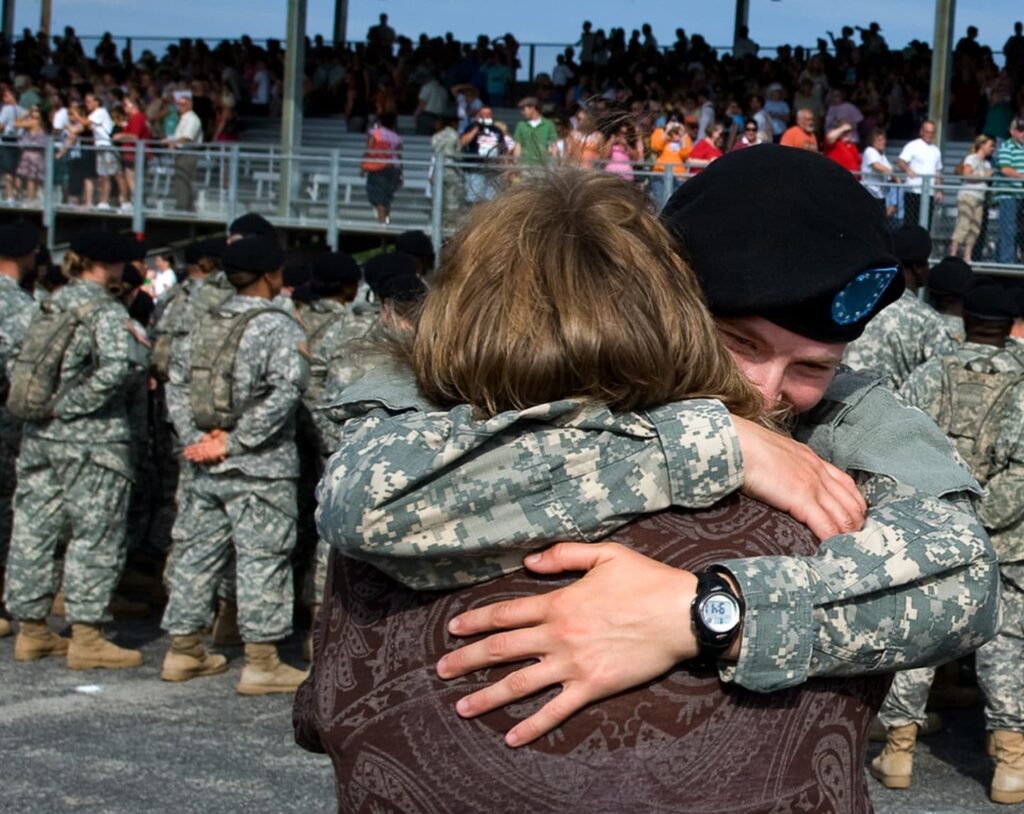
- The App
- Sandboxx News
- Resources
Learn
- Company
About
Become a Partner
Support
- The App
- Sandboxx News
- Resources
Learn
- Company
About
Become a Partner
Support
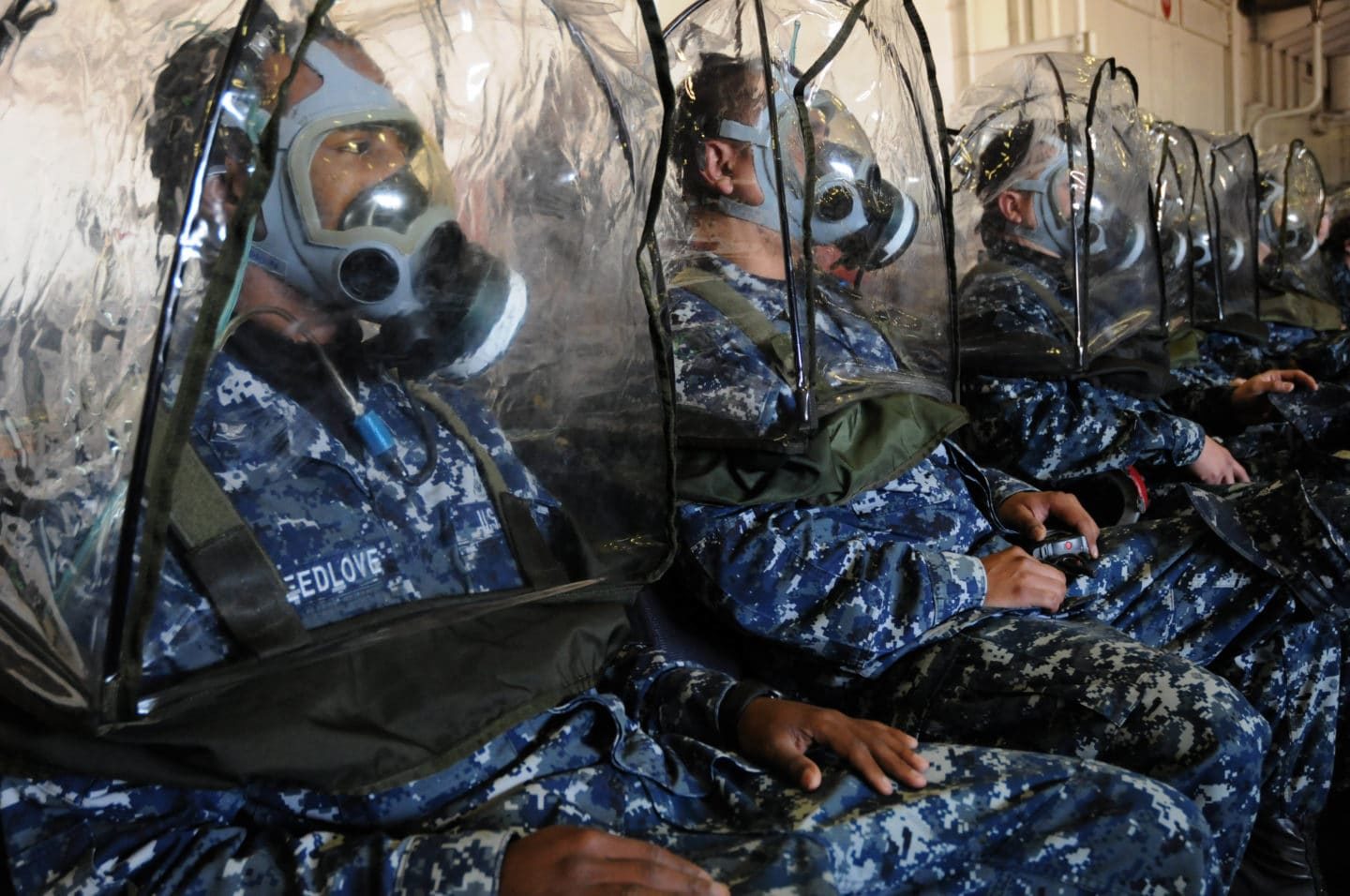
Joining the Navy means committing to a a lifestyle of peak physical fitness so as a Sailor, you can best serve your country. We are going to give you all the information you need on:
Once you get yourself in top shape for joining the Navy, get our preparation guide to Navy Basic Training.
Before joining the Navy and before completing the Navy PFT, you will undergo a medical screening to ensure you are perfectly healthy for training and completing the PFT. Disclose all medical information at this time as there are waivers for certain conditions. Recruits and Sailors will complete an Annual Periodic Health Assessment (PHA), a Physical Assessment Risk Factor Questionnaire (PARFQ) and pre-physical activity questions prior to taking on the actual Physical Readiness Test. Once you receive the medical clearance, you are ready for the other elements of the Physical Fitness Test and boot camp prerequisites.
As of January 1st 2018, the United States Navy Recruit Training Centre Great Lakes has introduced an initial standard run before recruits can take part in basic training. This new measure is aimed at curbing the amount of recruits who drop out / fail basic training from not meeting the Physical Fitness Assessment or due to fitness related injuries.
The initial standard run is 1.5 miles. The initial run standard for male recruits will be 16 minutes 10 seconds and 18 minutes seven seconds for female recruits.
If a recruit fails the first attempt, then they must retest within 48 hours. If a recruit fails the retest, the recruit will be discharged with an entry level separation.
The Navy Physical Readiness Test ( Navy PRT ) is a combination of a 1.5 mile run, curl ups and push ups. The average of the points received in the 3 events in the Physical Readiness Test give the Physical Fitness Test score.
As stated above, the initial run standard must be met in order to start basic training, it is the absolute minimum to be allowed begin basic training. The curl-ups and push-ups are counted within a 2 minute time frame. Resting is permitted during the curl-up time but only in the upward position when doing push-ups. The Navy assigns points to each score and each score correlates to a category of Outstanding, Excellent, Good, Satisfactory or Probationary.
| Category | Level | Points |
|---|---|---|
| Outstanding | High | 100 |
| Outstanding | Medium | 95 |
| Outstanding | Low | 90 |
| Excellent | High | 85 |
| Excellent | Medium | 80 |
| Excellent | Low | 75 |
| Good | High | 70 |
| Good | Medium | 65 |
| Good | Low | 60 |
| Satisfactory | High | 55 |
| Satisfactory | Medium | 50 |
| Probationary | – | 45 |
These will be tested at the beginning at basic training and before graduation. In order to graduate, a recruit must achieve an average of at least 60 ( Good Low ).
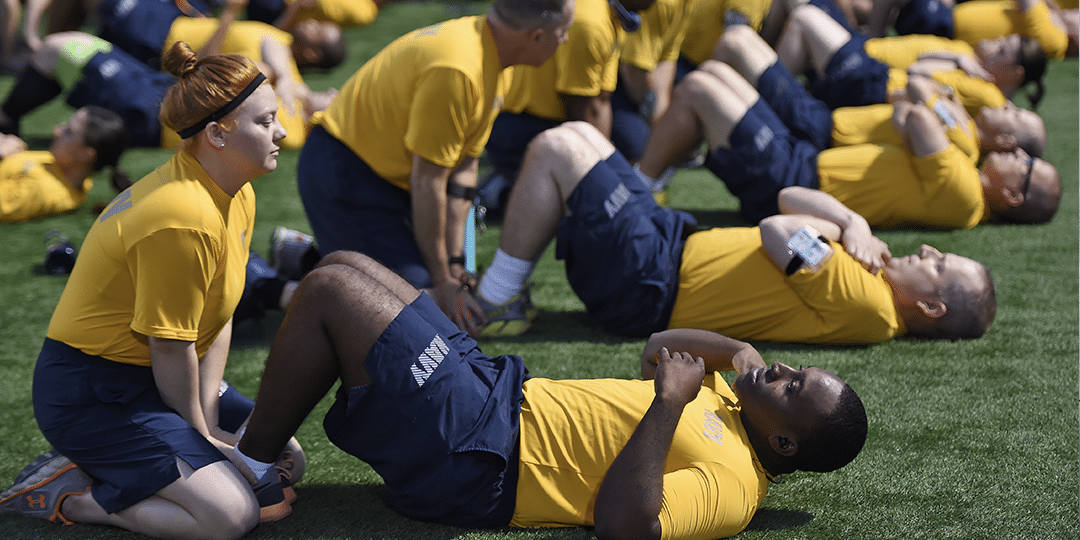
| Points | Run Time | Push Ups | Curl Ups |
|---|---|---|---|
| 100 | 8:15 | 92 | 109 |
| 95 | 8:45 | 91 | 107 |
| 90 | 9:00 | 86 | 102 |
| 85 | 9:15 | 82 | 98 |
| 80 | 9:30 | 79 | 93 |
| 75 | 9:45 | 76 | 90 |
| 70 | 10:00 | 68 | 81 |
| 65 | 10:30 | 60 | 71 |
| 60 | 11:00 | 51 | 62 |
| 55 | 12:00 | 49 | 59 |
| 50 | 12:15 | 46 | 54 |
| 45 | 12:30 | 42 | 50 |
In order to get the minimum score of 60, you must roughly run a time of 11:00 minutes on 1.5 miles, complete 51 push ups and 62 curl ups if all strengths are equal.
When preparing for basic training, the closer you can get to the final PFT score, the better. Obviously your fitness will improve significantly during boot camp but having the head start and knowing that passing the PFT should not be difficult is a great way of going into boot camp fitness wise.
Once you complete boot camp and become a fully fledged sailor, you will take the PFT twice a year to ensure that your fitness levels remain high. You will only require an average score of 50 compared to 60 in basic training.
Be brutally honest with yourself about your fitness levels. If you don’t exercise regularly and assume you will hit the minimum levels and boot camp will magically make up the difference, you are wrong and you will struggle. Start slowly working on your fitness from when you enlist and build up gradually in intensity so that you peak fitness levels right on time for boot camp.
Follow our former Drill Instructor’s weekly fitness plan to get boot camp ready.
For running the 1.5 mile, you should be running 3/4 times a week for at least a month in advance to get comfortable with your breathing and pacing. For the Navy push ups, you should concentrate on getting your form correct and practicing fast reps. For Navy curl ups, pacing is essential as most tire in the first minute. Once you establish the correct techniques in all these activities, practice makes perfect.
One of the most common queries on joining the Navy is “do I need to be able to swim to join the Navy”. The answer is technically no. However, you are joining the Navy, the water-based arm of the military and you are required to pass the 3rd Class Swim Test before graduation.
In your first week of boot camp, you will complete a basic Swim Skills Assessment where you must swim 15 yards in chest-deep water, swim another 15 yards in water over your head, tread water for one full minute and float facedown for one full minute.
These are all basics and while there is remedial classes for those who don’t pass this element, you will likely struggle in passing the 3rd Class Swim Test. Knowing how to swim and becoming comfortable in the water will make it easy to pass the initial test and boost your likelihood to pass the 3rd Class Swim Test.
Getting into good physical shape also requires getting your nutrition correct in order to support your body and keep you free from illness. Ensuring you get adequate fruit and vegetables a day, try to avoid overly processed foods and getting enough carbohydrates to ensure your body can keep up with its new fitness are all good general guides. Getting enough sleep, tracking your food intake and eating breakfast everyday are sometimes overlooked but essential to maintaining a healthy diet.

There is no nutritional requisites for the Navy bar ensuring that your intake allows you to perform all activities required. However there is Body Composition Assessment taken at every Physical Fitness Assessment which determines whether the recruit has too much body fat.
Measurements are taken of both height and weight as well as body measurements to determine whether the member/ recruit in question is exceeding the Navy body fat limits. Being in excess will lead to a failure of the BCA and lead to mandatory enrollment in the Fitness Enhancement Program. Failing the BCA twice within 3 years will lead to administrative repercussions.
Table of maximum body fat percentages
| Gender | 17- 21 years old | 22- 29 years old | 30 – 39 years old | 40+ years old |
|---|---|---|---|---|
| Male | 22% | 23% | 24% | 26% |
| Female | 33% | 34% | 35% | 36% |
For more information on nutrition;
For more information on fitness
And for weekly fitness plans for boot camp and more, download the Sandboxx app today!
If you have a loved one at RTC Great Lakes, be sure to join our RTC Great Lakes Facebook group by clicking here!


